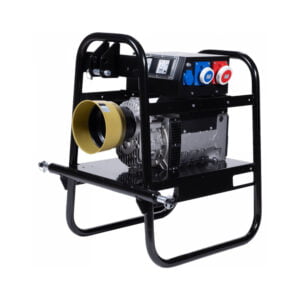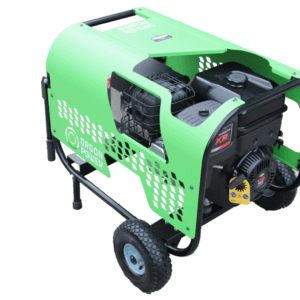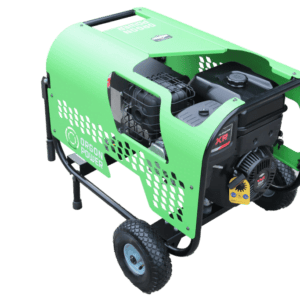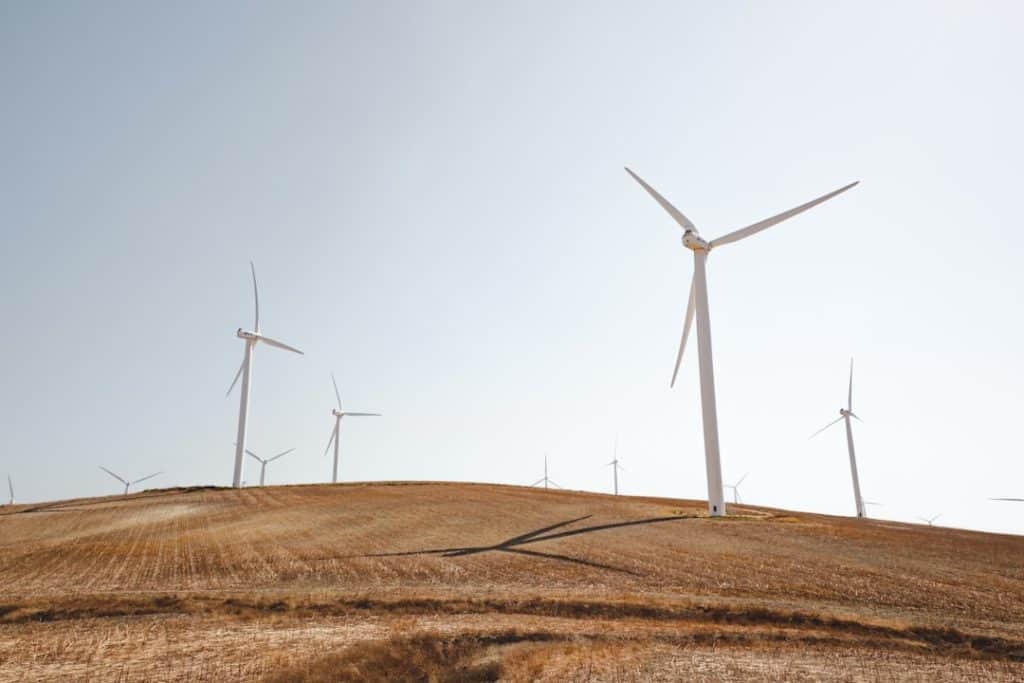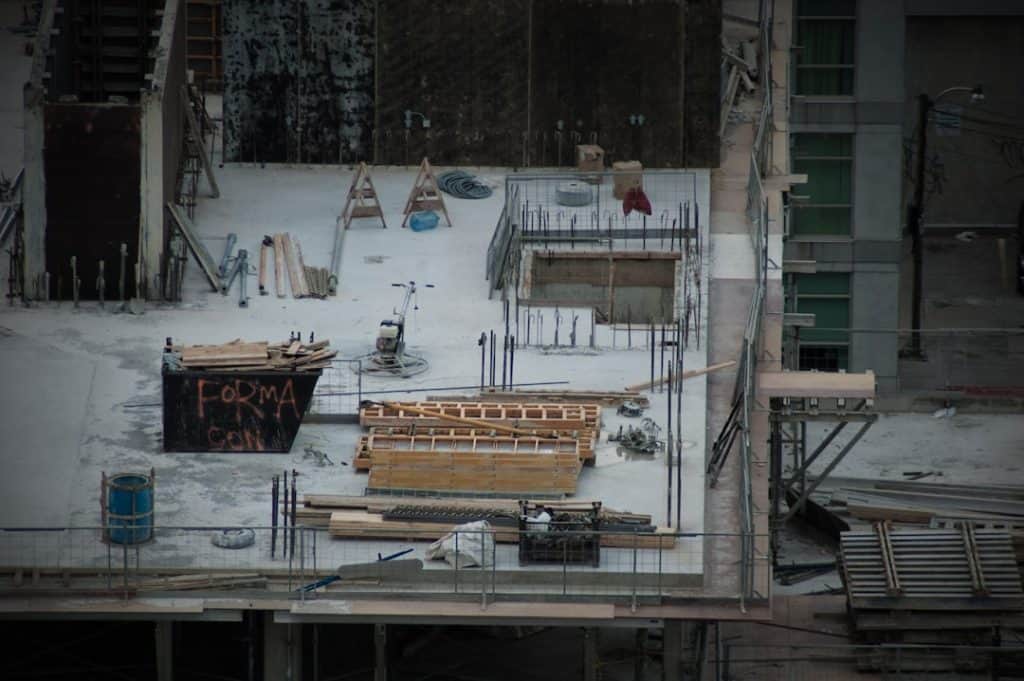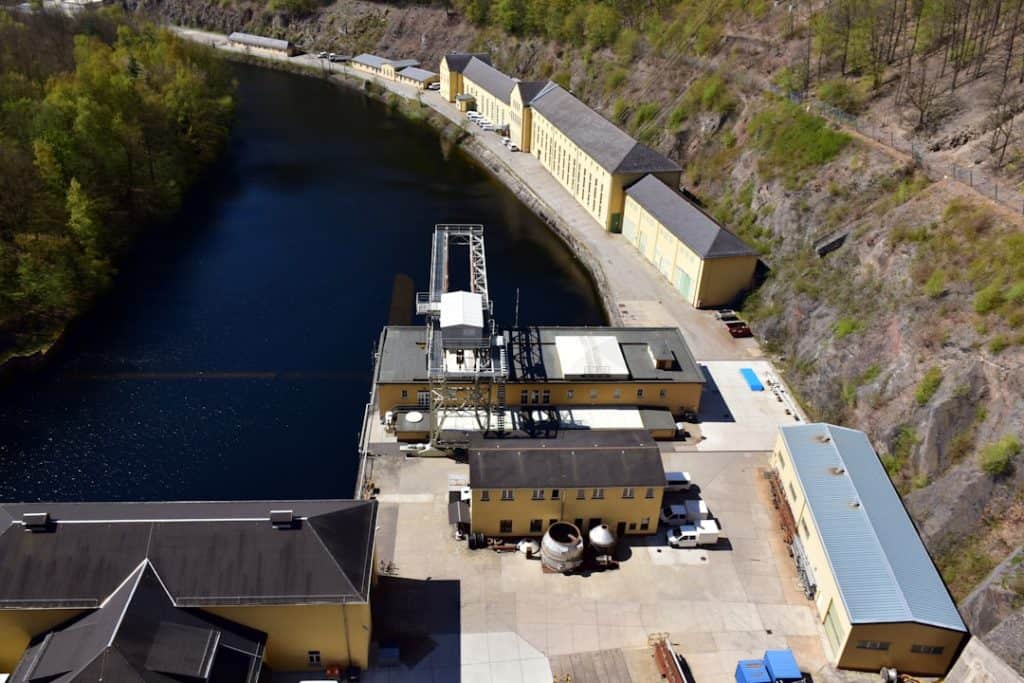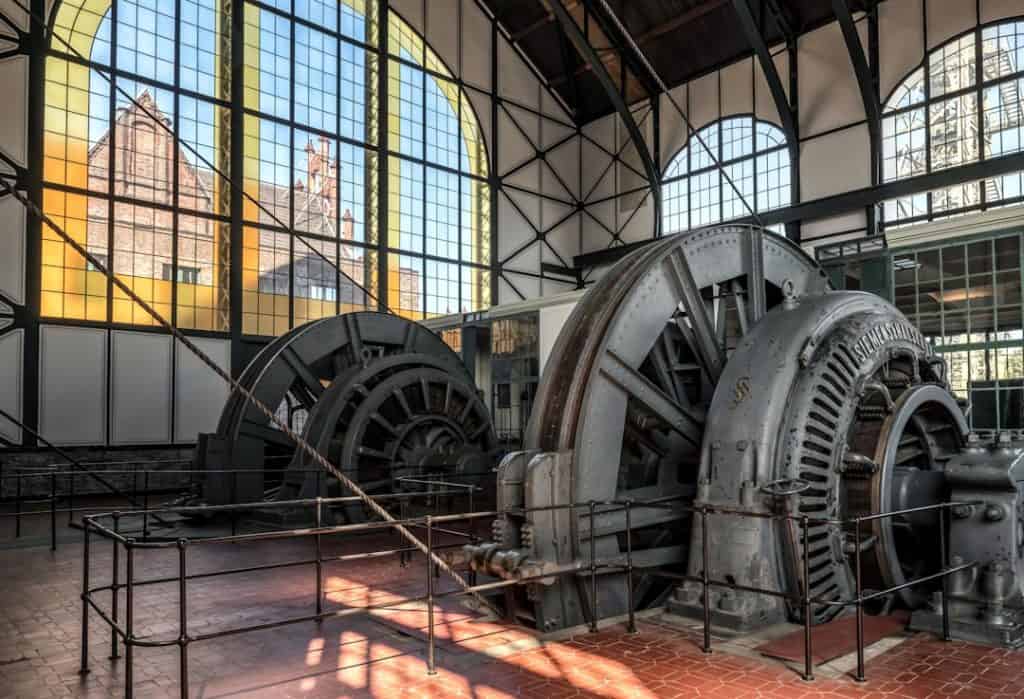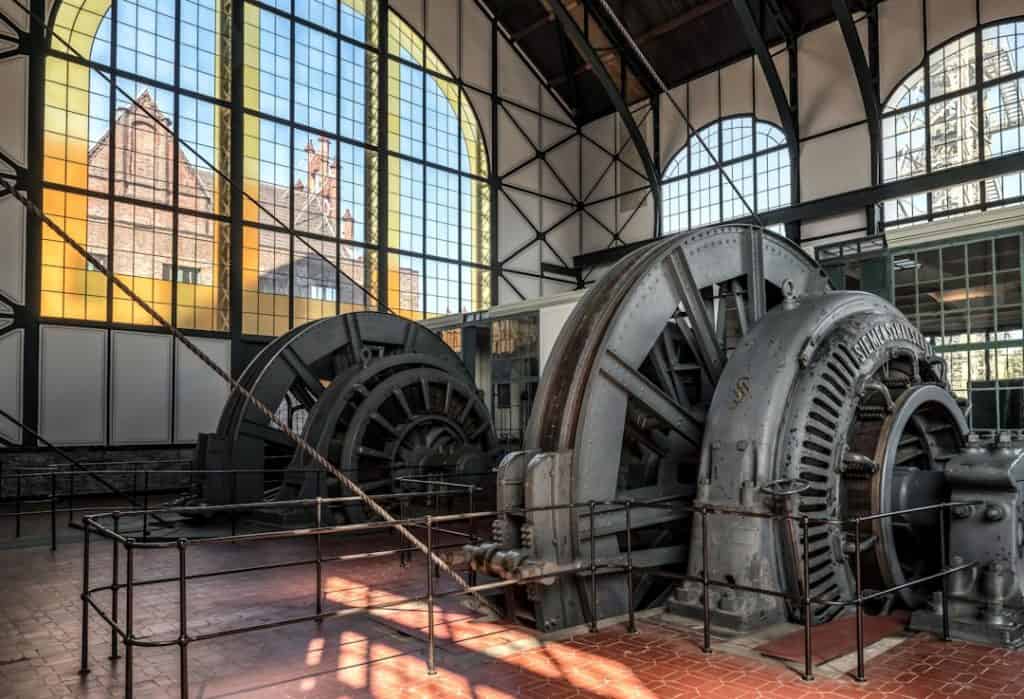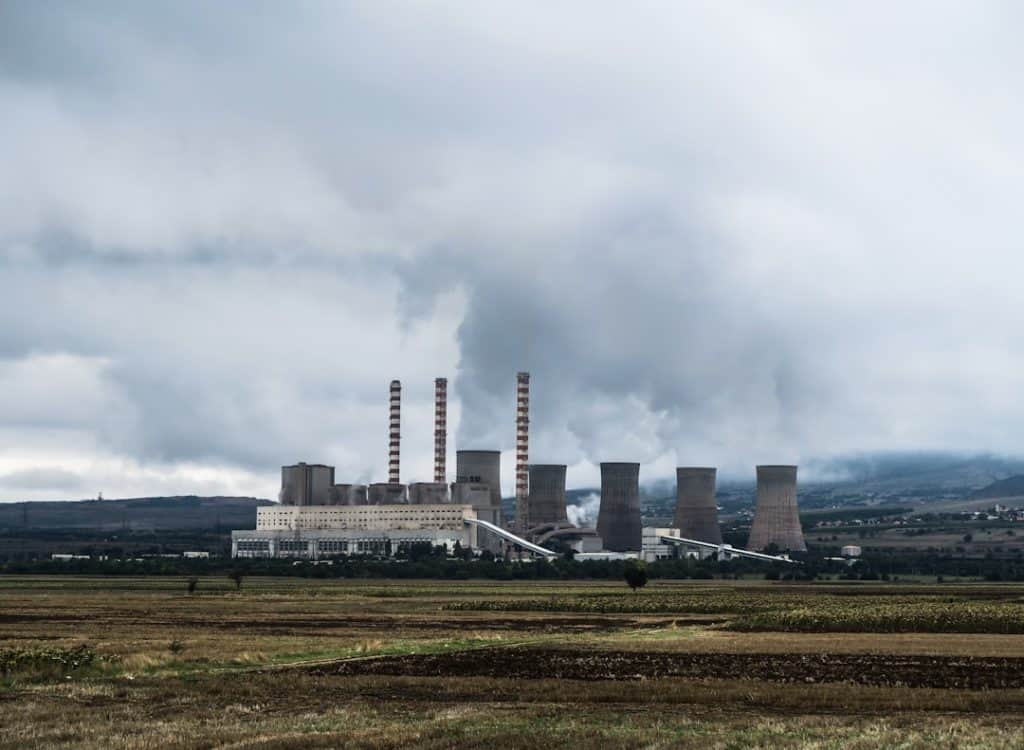Three-phase aggregates represent a key component of the industrial infrastructure that ensures a reliable supply of electricity in industrial environments. These devices generate three-phase alternating current, which consists of three sinusoidal waves shifted by 120 electrical degrees. Three-phase power supply is necessary for the operation of large industrial machines, production lines and heavy equipment.
Generators of this type are designed to provide a stable source of electrical energy in a variety of industrial environments, including manufacturing plants, construction sites, mines and process plants. Their robustness, high efficiency and ability to withstand heavy loads make them an indispensable part of modern industrial production and infrastructure.
Key Takeaways
- Three-phase aggregates are a key part of industrial equipment that enables a stable supply of electricity in industrial environments.
- The advantages of using three-phase aggregates in industry include greater power, more stable operation and the ability to start large machines and devices.
- The power of three-phase aggregates varies depending on the needs of industrial production, and they are used to power various devices, machines and systems.
- The reliability of three-phase aggregates in industrial environments is of key importance for the continuous operation of production processes and the maintenance of productivity.
- Choosing the right three-phase generator for industrial needs requires careful consideration of power, performance and specific production requirements, as well as quality support from the manufacturer.
Advantages of using three-phase generators in industry
Using three-phase aggregates in industry brings numerous advantages compared to single-phase power systems. One of the key advantages is the greater power and stability that three-phase aggregates provide. This is essential for industrial operations that require running large machines and tools.
Also, three-phase aggregates enable an even load distribution, which results in more efficient operation of electric motors and other devices. In addition, three-phase aggregates have lower energy losses and better voltage regulation compared to single-phase systems, which makes them an ideal choice for industrial needs. Another advantage of using three-phase aggregates is their flexibility and the possibility of capacity expansion according to the needs of the industrial operation.
Three-phase generators can be connected in parallel operation to increase power and provide back-up supplies in case of failure. This ability to expand capacity makes three-phase generators ideal for industrial plants that expand or have variable power needs.
The power of three-phase aggregates and their application
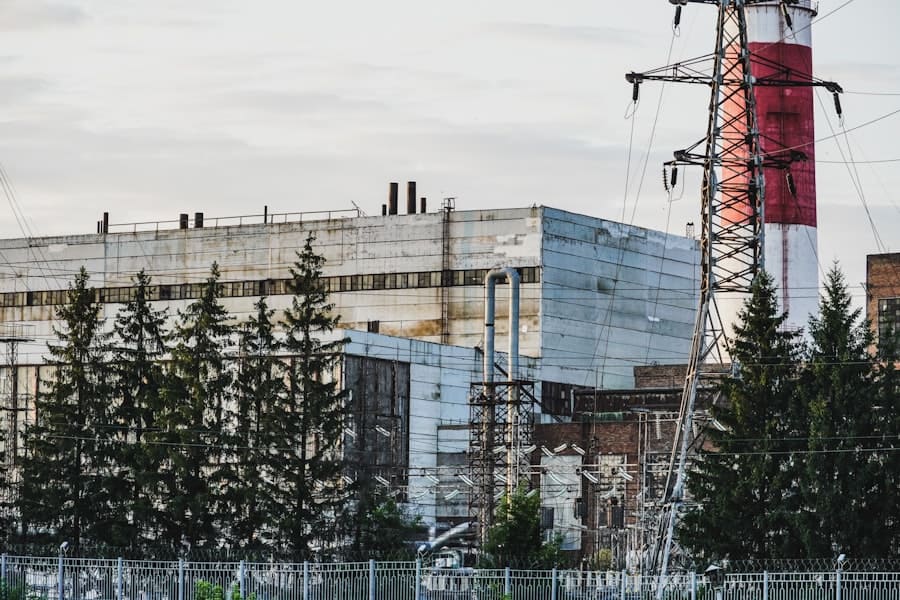
The power of three-phase aggregates varies depending on the model and manufacturer, but usually ranges from several tens of kilowatts to several hundred kilowatts. This power makes it possible to run large machines, tools, pumps, compressors and other industrial devices. Three-phase generators are often used in mines, factories, construction sites, oil rigs and other industrial environments where a reliable supply of electricity is required.
The application of three-phase aggregates is wide and covers various industries and sectors. For example, in mines they are used to power drills, conveyor belts and other machines that require a lot of power. In factories, they are used to start production lines, machines for processing metal, plastic, glass and other materials.
Also, three-phase aggregates are used in the construction industry to power construction tools, cranes, concrete mixers and other devices. Their application is necessary in all industries where a stable and reliable supply of electricity is needed.
Reliability of three-phase aggregates in industrial environments
| Aggregate type | Number of breakdowns in the past year | Average time between failures (in hours) | Average repair time (in hours) |
|---|---|---|---|
| Diesel generator | 5 | 500 | 8 |
| Gas unit | 3 | 700 | 10 |
| Gasoline unit | 7 | 400 | 6 |
The reliability of three-phase generators is essential for industrial operations that require an uninterrupted supply of electricity. These generators are designed to work under harsh conditions and to withstand heavy loads without loss of performance. The reliability of three-phase generators is achieved through the use of high-quality components, robust construction and careful engineering.
In addition, three-phase generators are equipped with advanced control and protection systems that automatically react to changes in load or faults to ensure uninterrupted power supply. These systems include automatic start and stop, protection against overload, overvoltage, undervoltage, overheating and other problems that can affect the operation of the generator.
How to choose the right three-phase aggregate for industrial needs
Choosing the right three-phase generator for industrial needs requires careful consideration of various factors such as power, efficiency, reliability, adaptability and cost. First, the required power of the aggregate should be determined based on the total load that will be connected to it. It is also important to consider the possibility of capacity expansion to provide back-up supplies or support for future expansion of the industrial operation.
The efficiency of the three-phase generator is also an important factor to consider when choosing. High-efficiency generators can significantly reduce operating costs through lower fuel consumption and less maintenance. Reliability is another key factor to consider when choosing a three-phase generator.
The aggregate should be reliable and have a high level of availability to avoid interruptions in industrial operations. Price is also an important factor when choosing a three-phase generator, but it should be remembered that investing in a quality generator is profitable in the long term due to lower operating costs and greater reliability. Warranty, manufacturer support and availability of spare parts should also be considered when choosing a three-phase generator.
Maintenance and servicing of three-phase aggregates

Maintaining and servicing three-phase gensets is critical to ensuring their long-term reliability and performance. Regular maintenance includes checking the oil level, air and fuel filters, checking the condition of the batteries, checking the cooling system and other components that affect the operation of the unit. It is also important to regularly test control and protection systems to ensure that they are always ready to respond to changes in load or faults.
Servicing of three-phase aggregates should be performed by professional personnel who have experience with this type of equipment. Manufacturers usually offer service packages that include regular maintenance, repairs, upgrades and 24/7 support. Regular servicing can extend the working life of the unit, reduce the risk of breakdowns and ensure uninterrupted supply of electricity.
Conclusion: Three-phase aggregates as a key part of industrial equipment
Three-phase aggregates are a key part of industrial equipment that enable a stable supply of electricity in industrial environments. Their strength, reliability and flexibility make them an essential part of any industrial operation. Choosing the right three-phase generator for industrial needs requires careful consideration of various factors such as power, efficiency, reliability, adaptability and cost.
Maintaining and servicing three-phase gensets is critical to ensuring their long-term reliability and performance. Three-phase aggregates are necessary for a stable supply of electricity in all industries where a stable and reliable supply of electricity is required.
FAQs
What are three-phase aggregates?
Three-phase aggregates are electric generators that produce three-phase electricity. This means that they have three conductors and produce electricity that is used in three-phase systems.
What are three-phase aggregates used for?
Three-phase aggregates are used to supply electricity to various types of industrial equipment, as well as to power electrical systems in construction, agriculture and other areas where reliable and powerful electricity is needed.
How do three-phase units differ from single-phase units?
The main difference between three-phase and single-phase aggregates is in the method of electricity production. Three-phase aggregates produce three-phase electricity with three conductors, while single-phase aggregates produce single-phase electricity with only one conductor.
What is the advantage of using three-phase aggregates?
Three-phase generators have more power and can run larger electrical systems and machines compared to single-phase generators. Also, three-phase aggregates provide a more stable and even supply of electricity.
How to choose a suitable three-phase aggregate?
When choosing a three-phase generator, it is important to consider the required power, working hours, the fuel it uses, as well as other specific needs for which the generator will be used. It is also important to pay attention to the quality of the manufacturer and service support.

